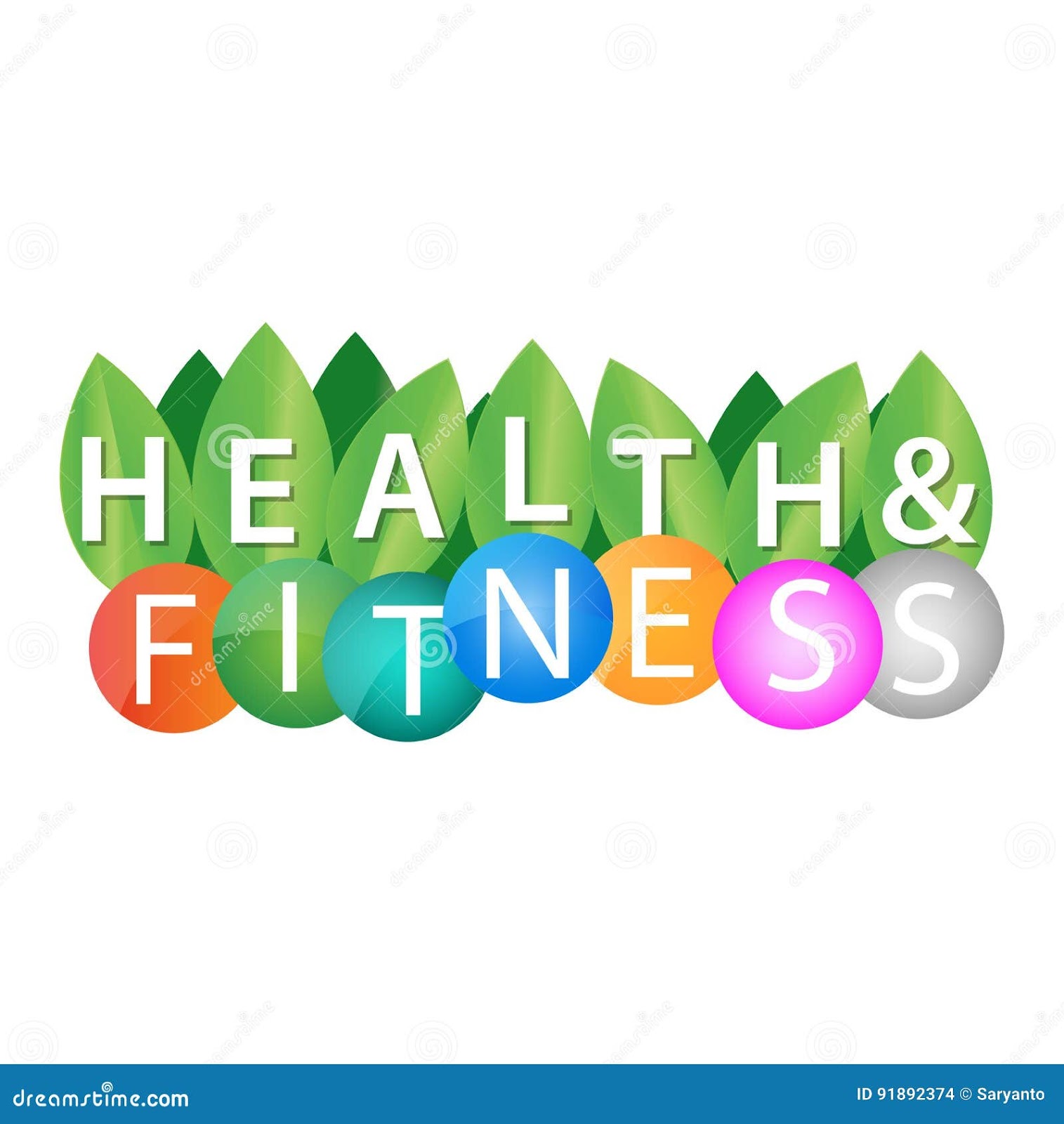Acne overview is a skin condition that appears when your hair follicles are clogged with oils and dead skin cells. Whiteheads, blackheads, or pimples appear. Acne is more common among adolescents although it affects people of all ages.
There are effective treatments for acne, but acne may last a long time. Pimples heal slowly, and when one of them begins to disappear, a new one suddenly appears. Acne may cause emotional distress and scar on the skin depending on the severity of each case. The earlier you start treatment, the lower your risk of developing such problems
Les symptômes
Indicators of acne vary according to the severity of your condition: whiteheads (clogged pores) blackheads (open pores) small painful red bubbles (papules) pimples (grains), which are papules that contain pus in their limbs large, hard, and painful subcutaneous lumps (nodules) subcutaneous lumps filled with pus and painful (cystic lesions) Acne usually appears on the face, forehead, chest, upper back and shoulders.
When to see a doctor
See your primary care doctor if self-care treatments fail to eliminate acne to prescribe more effective medications. If acne persists or increases, here you should turn to a doctor who specializes in the skin (dermatologist, adult, or pediatrician) for appropriate treatment. Acne in many women may last for decades, with its increasing mostly a week before menstruation. This type of acne disappears without treatment in women who use contraceptives. The sudden appearance of severe acne among the elderly may indicate that a person has an underlying disease that requires seeking medical attention. The U.S. Food and Drug Administration warns of the effect of certain fats common to treat acne as well as detergents and other skin care products because they may cause a serious reaction. This type of reaction rarely occurs, so don't confuse it with any redness, irritation, or itching that occurs in the areas where these drugs or products are placed. Seek medical attention immediately if any of the following symptoms.appear after using a skincare product:
Fainting
difficulty breathing
Swelling of the eyes, face, lips or tongue
tightness in the throat
Causes
Here are four main causes of acne:
Hypersecretion of oils (fats) Blockage of hair follicles with oils and dead skin cells
Bacteria
inflammation
Acne usually appears on the face, forehead, chest, upper back, and shoulders, because these areas contain most of the oily (sebaceous) glands. The hair follicles connect to the oil glands. The wall of the follicle may swell and produce white heads.
Or the blockage reaches the surface of the skin and acquires a dark color, causing blackheads. Blackheads look like dirt stuck in the pores. But in reality, the pores are clogged with bacteria and oils, which turn brown when exposed to air.
Pimples are prominent red spots with a white center that appear when clogged hair follicles become inflamed or infected with bacteria. Blockages and inflammations deep inside the hair follicles result in cyst-like lumps beneath the surface of the skin. Other pores are found in the skin, which are openings for the sweat glands, but they have nothing to do with acne usually.
There are factors that trigger the appearance of acne or make it worse, including:
hormonal changes. Androgens are hormones that increase in rates in boys and girls during puberty, causing the sebaceous glands to swell and produce more fat. Hormonal changes that occur during middle age, especially in women, can also lead to pimples. Certain medications. These medications include everything that contains corticosteroids, testosterone, or lithium.
Diet. Studies show that eating certain foods, including carbohydrate-rich foods such as bread, cakes, and chips, may worsen acne. But more studies are needed to check whether people with acne will benefit from following specific dietary restrictions.
Tension. Stress doesn't cause acne to appear, but if you already have acne, stress can make it worse.
Myths about acne
Chocolate and fatty foods. Eating chocolate or fatty foods have little effect on acne. Hygiene. Dirty skin does not lead to the appearance of acne. In fact, rubbing the skin violently or cleansing it with strong soap or harsh chemicals irritates the skin and can make acne worse.
Cosmetics don't necessarily exacerbate acne, especially if you're using oil-free lotions that won't clog pores and are keen to remove them regularly. Non-greasy cosmetics do not affect the effectiveness of acne treatment drugs.
These factors slightly affect the pimples.
Complications
of people with dark skin are more likely to develop complications of acne compared to those with fair skin. scars. Skin pits (scars from acne) and deep scars (keloids) may not go away quickly even after the acne has healed.
Skin changes. The skin may turn darker (hyperpigmentation) or lighter (hypopigmentation) than it was before acne even after recovery.
Risk factors associated with acne include:
Age. People of all ages can develop acne but it is more common among teenagers. Hormonal changes. These changes are more common during adulthood and pregnancy.
Family history. Genetic characteristics also play a role in acne. You're also more likely to develop acne if both of your parents have had it before.
Fatty or oily substances. Acne can occur if your skin comes into contact with oil or lotions of fats and oily creams.
Friction or pressure on the skin. It can result from items such as a landline, mobile phone, helmet, tight collars, or backpacks.

